It’s time to shelve unused data
Dataconomy
SEPTEMBER 22, 2023
Data archiving is the systematic process of securely storing and preserving electronic data, including documents, images, videos, and other digital content, for long-term retention and easy retrieval. Databases are the unsung heroes of AI Furthermore, data archiving improves the performance of applications and databases.







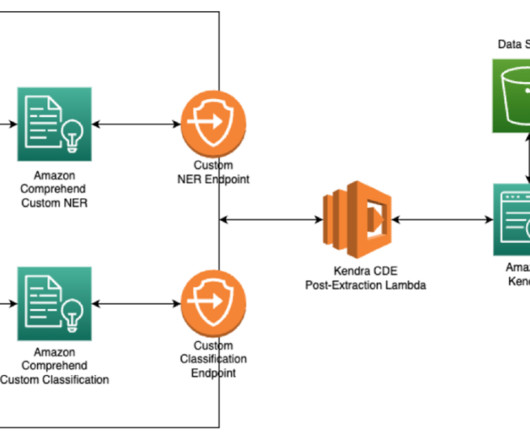
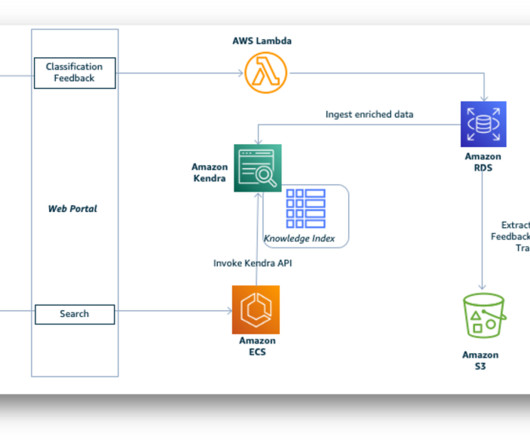
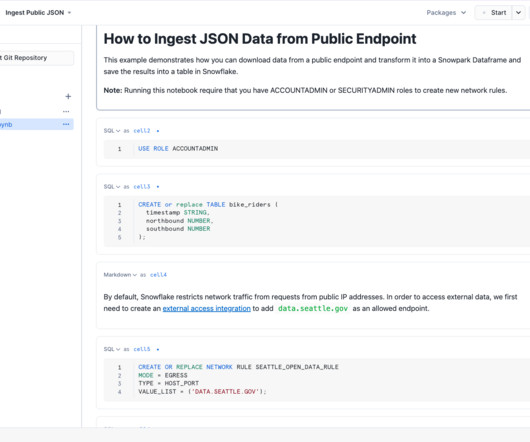



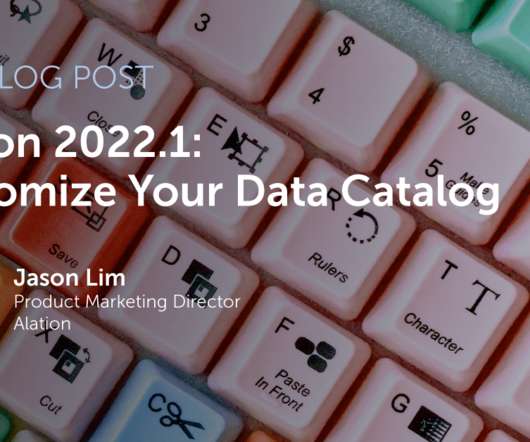
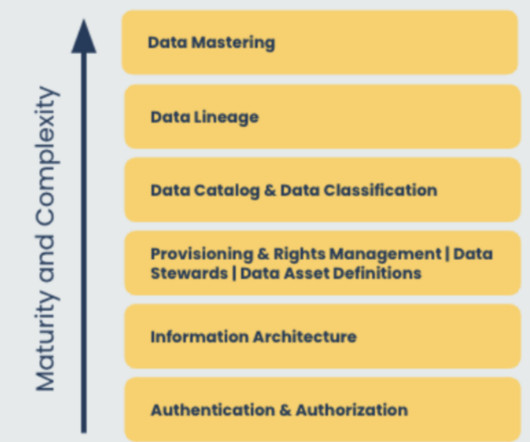








Let's personalize your content